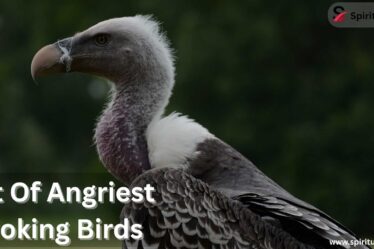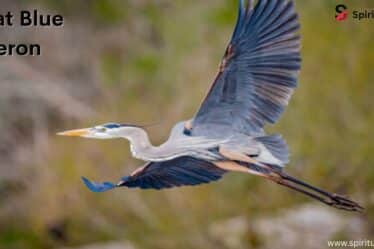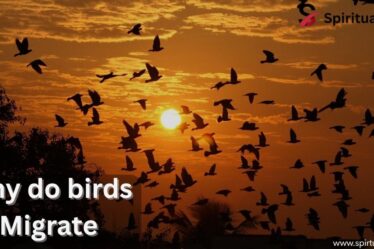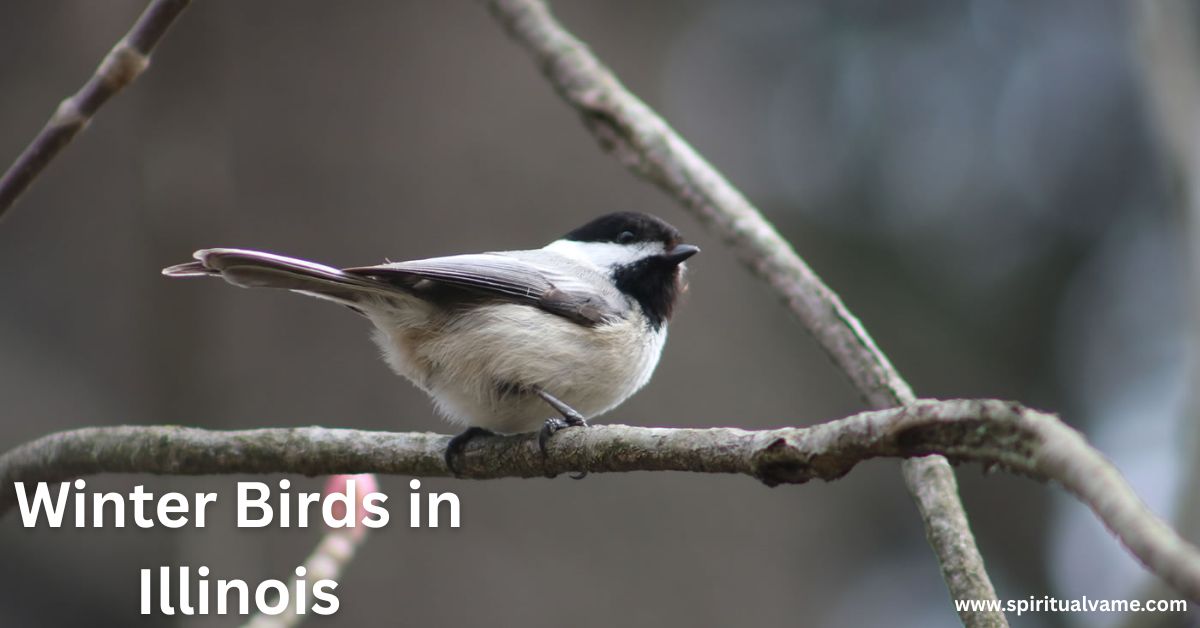
As the chill of winter sweeps across the Prairie State, many birds retreat south, but not all vanish from the skies. In fact, Illinois becomes a vibrant winter haven for several bird species. From suburban backyards to quiet bottomland forests, birds of all shapes and colors stick around or arrive from distant places like Canada and even Alaska. This guide to winter birds in Illinois will introduce you to hardy year-round residents and cold-season visitors, help you recognize their calls and behaviors, and explain how they survive harsh conditions like biting winds and snow-covered ground.
Illinois is a state of diverse habitats—from the waters of Lake Michigan to the rich woodlands of Union County Conservation Area, and the vast open lands of Mark Twain National Wildlife Refuge. These varied landscapes attract a wide array of birds during winter. Some of them stay the entire year, while others make Illinois their temporary home as they pause on their long migratory patterns between the middle latitudes and their southern destinations in South America. You don’t have to venture far to enjoy them either; many birds perch right outside your window, especially if you’ve got a well-stocked bird feeder. Let’s start with the most stunning residents and migratory stars.
10 Highlight Birds of Illinois
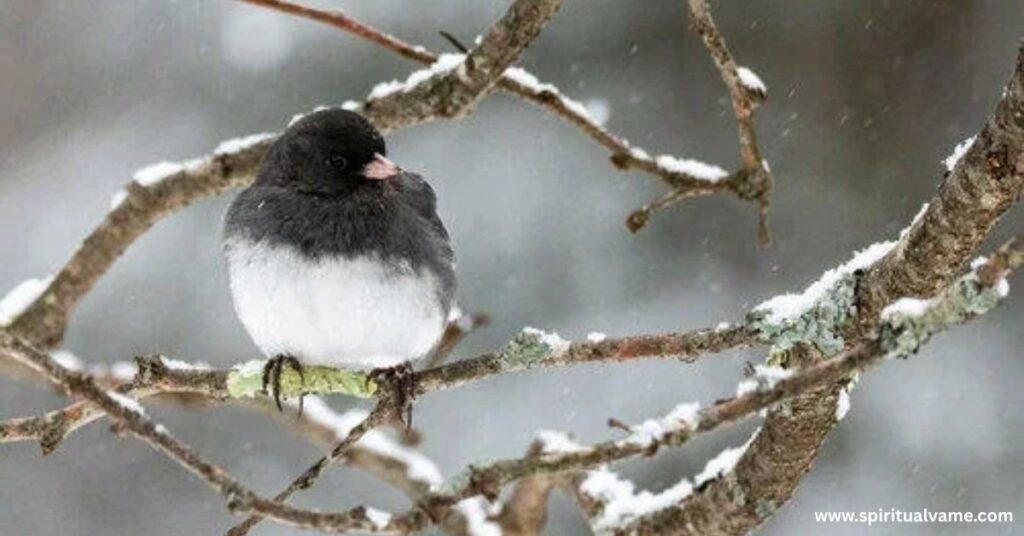
Bird lovers across Illinois often spot standout species that leave lasting impressions—some due to their beauty, others for their rare or dramatic behaviors. These are not always winter residents, but they play a big role in the state’s avifauna and are well worth knowing.
The American White Pelican is among the most majestic of Illinois birds. Weighing up to 30 pounds and boasting a massive 9-foot wingspan, they are easy to spot as they glide in synchronized flocks over places like the Illinois River and Lake Chautauqua. These birds practice fish scooping using their bright orange bill and expandable throat pouch. With their bright orange-yellow legs and naked orange patch around the eye, they’re unmistakable in flight. They migrate through Illinois mostly in March, April, September, and October, choosing resting spots in quiet lakes and marshes.
The Mississippi Kite, though not a winter visitor, leaves birders talking each season it appears. Known for agile flight and swift insect hawking, this raptor targets flying insects, small bats, and even the occasional lizard. You can spot it mostly in southern Illinois in warmer months. It’s a bird of open woodlands and fields, often seen soaring near Fort Kaskaskia State Historic Site.
Then there’s the Monk Parakeet—yes, a parrot that thrives in winter! Native to South America, these green parrots have built their own colonies around urban manufactured structures, like electrical towers in Thebes, Illinois, and Chicago’s parks. Their stick nest construction is unusually large and built cooperatively—one of the only parrots to do so. With their chatty nature, they’re often heard before they’re seen, producing the classic “woikawoikawoika” call.
The Greater Prairie-Chicken, once widespread, now survives in small, protected patches of prairie. Though rarely seen in winter, they’re a key symbol of Illinois’ natural history. These birds, famous for their booming mating calls and feather displays, face threats from habitat loss and predator attacks, including from nocturnal predators like foxes and owls.
One of the smallest owls in North America, the Northern Saw-whet Owl, has a round shape, subtle camouflage, and a high-pitched “toot-toot” call. This forest-dwelling species quietly overwinters in deciduous forests and often goes unnoticed. Its winter habits are largely nocturnal, and it relies on rodent predation for food.
The Pileated Woodpecker is impossible to miss with its size and flaming red crest. These forest giants excavate holes in dead trees, searching for ants and beetles. Active year-round in coniferous forests and older woodlots, they often reuse nesting sites and show site fidelity.
In contrast, the Prothonotary Warbler is a summer dweller that nests in woodland-oriented habitats near water. With its golden body and insectivorous diet, it brings life to cottonwood trees and swampy zones, nesting in cavities or old woodpecker holes.
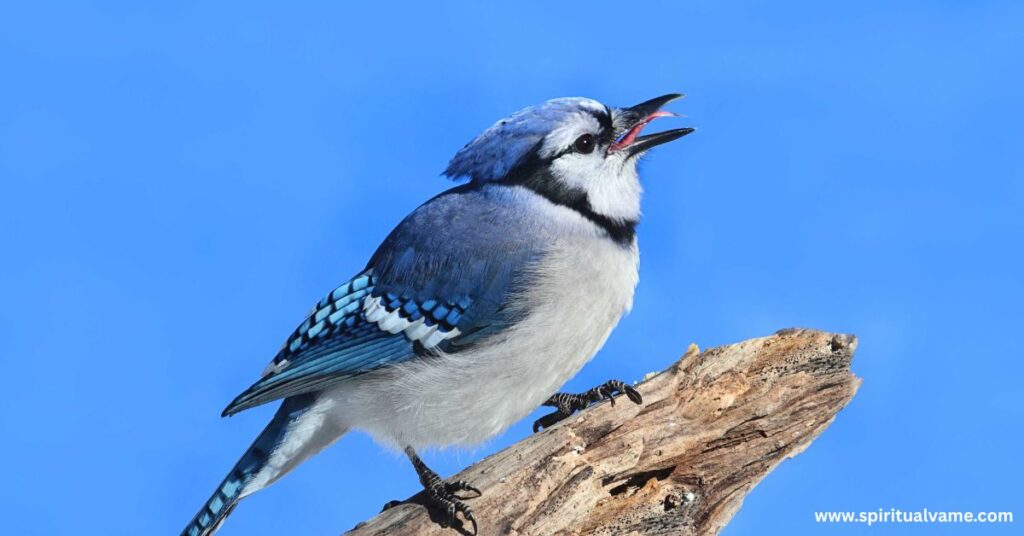
One of the brightest spring migrants, the Blackburnian Warbler flaunts a flame-orange throat and deep black markings. It flits high in deciduous forests, hunting insects and showcasing vocalizations that rise in pitch. Though not a winter bird, it’s a visual favorite during migration seasons.
The Bobolink, often called a “backward bird” due to its unusual plumage, arrives in cornfields and weedy areas in spring. Known for its bubbling song and grassland preference, the Bobolink plays a part in pest control methods, especially in farmlands where it consumes insects like the European corn borer.
Finally, Smith’s Longspur, a bird of the tundra and the American Midwest, visits open fields in winter. They’re built for cold and blend into snowy stubble fields, feeding on seeds and moving in flocks. They’re rarely seen up close, but their camouflage and behavior make them a quiet winter treasure.
Birds That Spend Their Winters in Illinois
Winter in Illinois belongs to the birds that endure. These species adapt to freezing nights, wind-blown snow, and short days. Their strategies include food caching, thick plumage, and even entering torpor—a state where they lower their body temperature to conserve energy.
One of the most visible is the House Sparrow. Found in every town and city, this urban adaptation specialist thrives on crumbs and seeds. Originally from Europe, it’s become part of the American landscape, nesting in building eaves and barns.
Then there’s the state favorite—the Northern Cardinal. Males blaze red against white snow, while both sexes sing complex songs. They don’t migrate and are seen year-round, especially in home landscapes with dense shrubs.
The Dark-eyed Junco is a true snowbird. Breeding in Canada, they descend into Illinois in cold months. These birds forage in groups, hopping along the ground near feeders. Their small size—just 0.4 to 0.6 ounces—belies their toughness.
A winter regular, the Downy Woodpecker clings to trees, looking for insects under bark. It nests in cavities, sometimes reusing old holes. Downies weigh only a few ounces, but their ability to excavate and survive cold is unmatched.
The Pine Siskin is a wandering bird, sometimes flooding the state in one winter and vanishing the next. These seed consumers prefer thistle seed, and their flapping wings and sharp calls often lead flocks to backyard feeders.
Everyone’s favorite tiny bird, the Black-capped Chickadee, is endlessly curious. These birds form small winter flocks and hide seeds in bark. With their trill, chirp, and bold black caps, they’re common in suburban backyards and woodland edges.
European Starlings, with their murmurations of thousands, look like flying smoke. Though invasive, they’ve adapted well and feed on grains, insects, and even discarded food in cities.
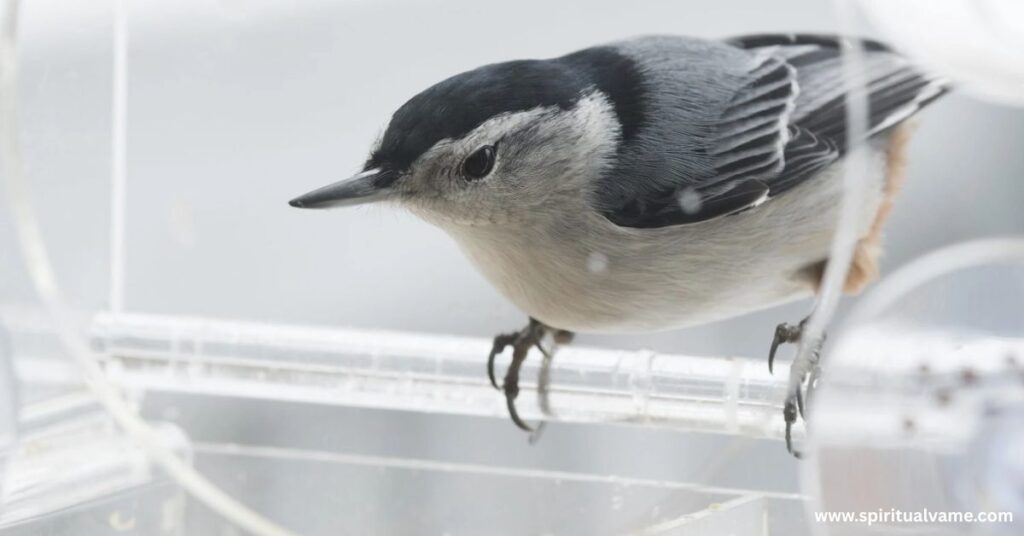
Smart and social, the American Crow forms large winter roosts. They’re known for vocal communication, daylight foraging, and even recognizing human faces. Their presence is often heard in urban areas before being seen.
American Kestrels, the smallest North American falcon, hunt mice from perches on wires and trees. With their colorful plumage and sharp eyesight, they thrive in open fields and roadside habitats during winter.
Red-bellied Woodpeckers, despite their name, show more red on the head. Common in deciduous forests, they drum on trees and stash food. Their loud calls echo through leafless woods.
The Red-tailed Hawk is Illinois’ most widespread raptor. With broad wings and a red tail, they circle above roadsides and open fields, scanning for small mammals. They’re highly adaptable and nest in both trees and city towers.
Last but not least, the White-breasted Nuthatch walks headfirst down trees, looking for hidden insects. It’s a cavity nester that visits feeders for nuts and seeds, often showing dominance hierarchy when feeding near other birds.
Summary
Illinois’ winter birds offer a vivid contrast to the starkness of snow and gray skies. From the bright red Northern Cardinal to the sneaky Dark-eyed Junco, each species has a unique way of coping with the cold. Some huddle in tree cavities; others forage all day to maintain body heat. By knowing what to look for, you can enjoy birdwatching even in the heart of winter. Fill your feeders with black oil sunflower seeds, hang up some suet, and watch as flock behavior and vocalizations fill your backyard with life. These 12 birds remind us that even when the world outside feels frozen, nature never truly stops.

